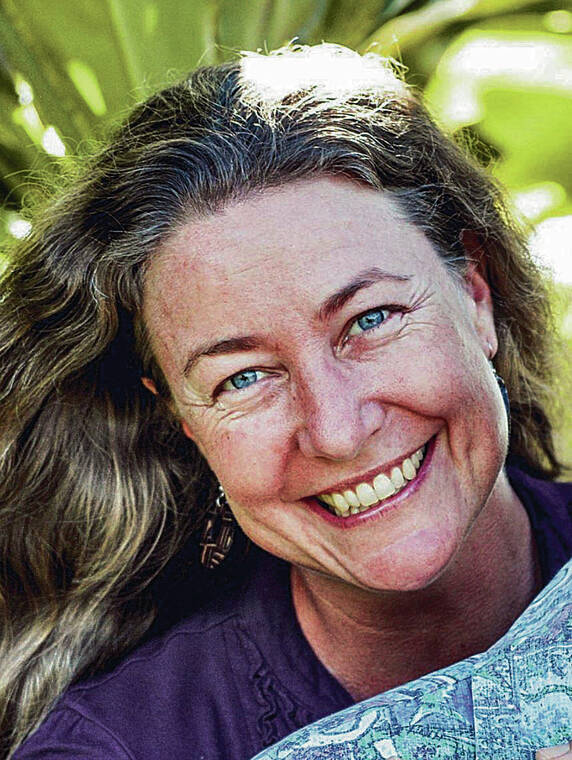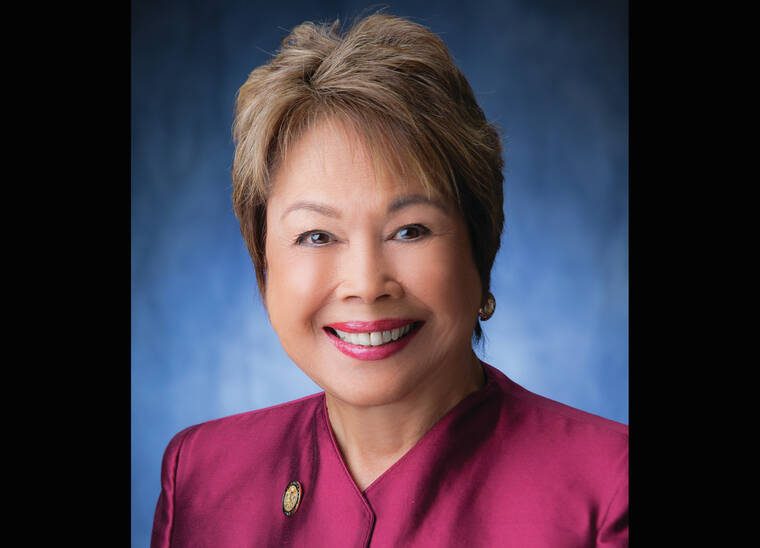New maps could pit incumbents against each other: Shifting legislative district lines draw scrutiny

ACASIO

INOUYE

Proposed Big Island state House districts (Hawaii Reapportionment Commission)

Proposed Big Island state Senate districts (Hawaii Reapportionment Commission)
Imagine someone reupholstering your chair — while you’re still sitting in it.
Imagine someone reupholstering your chair — while you’re still sitting in it.
A committee gets together and decides the shade, the fabric and how much cushioning it should have. If there’s a lot of fuss about it, the judicial system steps in to make the final decision.
Redistricting is like that. Too often lost in the maps and the dry data is how intensely personal the process of redrawing political boundaries is for elected officials. And it literally hits voters where they live.
Redistricting is the process of drawing political boundaries based on patterns of population growth. The goal is to ensure equal representation by making the population of each district as close to each other as possible, while respecting geographical boundaries and communities of interest.
Neal Milner, a former longtime political science professor at the University of Hawaii, says Hawaii redistricting is pretty tame compared to the partisan battles on the mainland. But it’s still interesting to watch the process, he said, as same-party factions vie for control of the two houses of the Legislature.
“It’s an important decision, in general and especially for incumbents who might have to run against each other,” Milner said.
Hawaii, with its overwhelmingly Democratic majority, doesn’t experience the partisan conflicts other states do during redistricting. But it does have factions within the party struggling to get — or keep — a foothold. Not that the seat belongs to the elected official despite the state’s lack of term limits, especially in a redistricting year when all seats are up for reelection.
“There’s mischief going on,” Bart Dame, national committeeman for the state Democratic Party, told the state Reapportionment Commission last week.
Dame, speaking about newly drawn House districts on Oahu, said he suspects political posturing at play.
“It looks to me like districts are being drawn to protect certain incumbents and to punish certain incumbents,” he said.
Perched on the boundary line between Senate District 1 and Senate District 4, Sen. Lorraine Inouye knows the redistricting process all too well. The North Hawaii Democrat, who represents District 4 that was added to the Big Island after the last census, has been through three decennial redistrictings.
Now she’s looking at campaigning again for her old Hilo District 1, following the commission’s release Thursday of proposed Senate and House legislative maps. Moving District 4 westward could spell good news for West Hawaii representation in the Senate.
Inouye said she’s proud of the work she’d done for District 4, but District 1 needs her.
“Aside from being senator for Hilo several years and also Hawaii Island mayor, there are projects we started in Hilo that the community needs and wants. Quite a few of these projects have not been completed and they are critical to the health, education, cultural and or economic well-being of Senate District 1,” Inouye said. “I am committed to getting those projects done. I honestly believe SD1 needs and deserves more effective representation.”
Sen. Laura Acasio, the incumbent in District 1, was appointed by Gov. David Ige in January to fill the vacancy left by U.S. Rep. Kai Kahele’s move to Congress. Acasio has been a consistent testifier at the commission, pushing for an accurate count of nonresident military. She said she won’t question the maps, unless there are a lot of constituents who dispute the process.
“It has been a complete honor to serve in District 1,” Acasio said. “I do intend to ask Hilo for permission to continue to serve.”
Inouye started in District 1 in 1998, serving for 10 years before stepping out in 2008 to run for a second mayoral term. She returned to the Senate, this time in District 4, after it was created following the 2010 census.
This won’t be the first time Inouye has been tossed into a district with an incumbent. In 2002, she prevailed over the late Senator David Matsuura for the Hilo district.
The proposed maps will be voted on at the commission’s Oct. 28 meeting and then taken to a series of public hearings. It’s possible they’ll change based on public input, but it’s not guaranteed.
The redrawing of Hawaii Island’s four Senate districts may have another problem, said Sandy Ma, executive director of Common Cause Hawaii.
“There may be an inference of cracking — where minority Native Hawaiian voters are split or fractured into several districts. If a minority population was placed within one district where they are a majority, the minority community could possibly have an opportunity to elect a candidate of their choice,” Ma said in testimony. “Care also needs to be taken to prevent packing, which is when minority voters are compressed into a smaller number of districts to waste their collective strength, instead of effectively controlling one district or more.”
Commissioner Dylan Nonaka, a member of the Technical Committee that drew the maps, said he’s seen no proof of those allegations. He said the boundary lines had to be shifted to even out the population between slower-growing Hilo and more rapidly growing Puna and Kailua-Kona.
“The map didn’t change dramatically. … It was pretty straightforward,” Nonaka said. “People can have their opinion, but there’s also the reality.”
Native Hawaiian communities in Keaukaha and Panaewa will now be in the same House district — District 2, which dips all the way to Hawaiian Paradise Park. Keaukaha and parts of Panaewa are currently sharing District 3 with Hilo.
Hilo County Councilwoman Sue Lee Loy, a Native Hawaiian who represents those areas in the council, said she’s of mixed feelings about the effects of the possible change that she calls “unknown and upending.” On the one hand, having the like communities in the same district could be good, but on the other hand, she currently has two state representatives she can turn to for help.
“While this new map aligns with one hose member, the downside is I had two house members fighting for Native Hawaiians and in my book, two is better than one,” Lee Loy said.
As far as pitting incumbents against each other by moving them into a single district, Nonaka said avoiding that is a factor to consider, but it cannot be the determining factor.
“If we start with incumbents, they’ll say it’s political,” he said. “Whichever way you look at it, you’re going to have criticism on both sides.”


